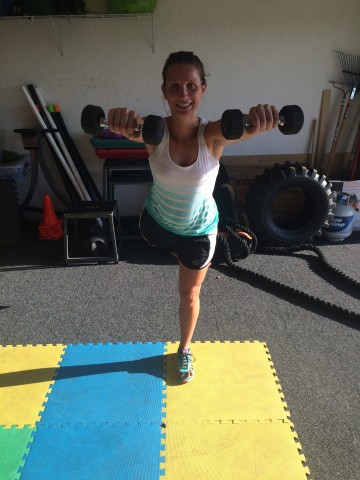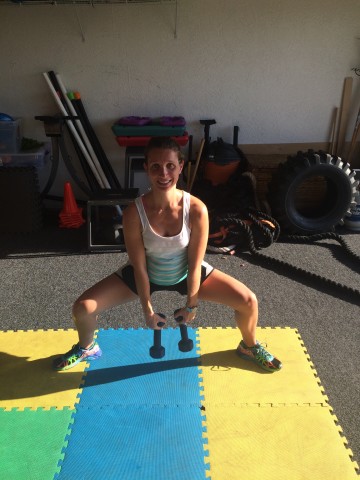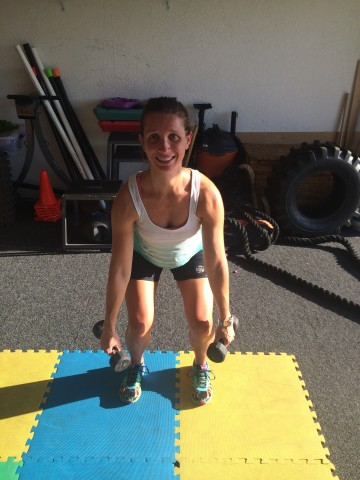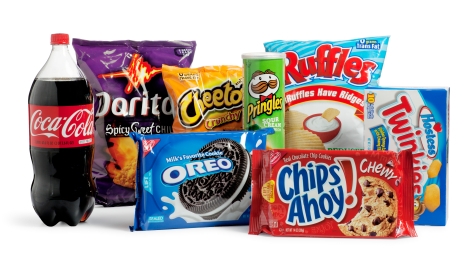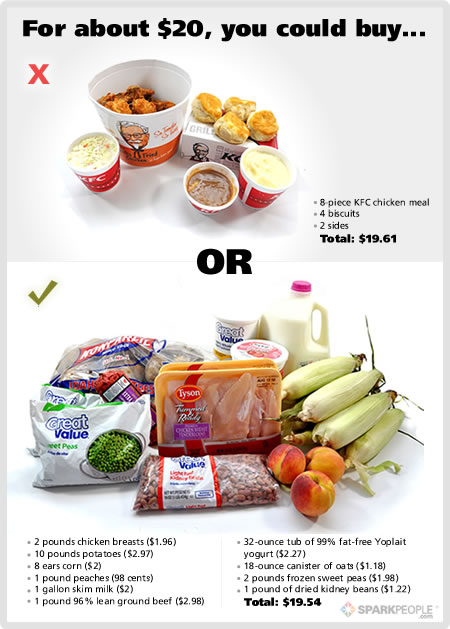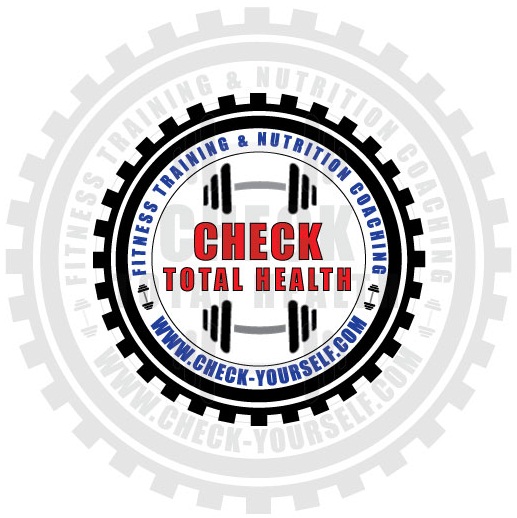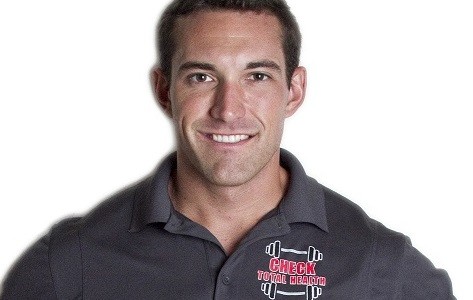If you think being pregnant means the end of working out and feeling good…think again! Meet Stephanie Check, mommy to be at almost 6 months pregnant and still getting her sweat and pump on! It’s a big misconception to think that being pregnant means you can’t or shouldn’t exercise. It’s quite the opposite as a matter of fact. Exercising while pregnant helps increase energy levels, combat gestational diabetes, and keep your muscles strong for an easier labor/delivery. Everyone should exercise!!!
Before you decide to start or continue exercising, there are some things you should know and consider in order to do so properly and safely throughout your pregnancy. Once you’ve discussed with your doctor if it’s appropriate for you to exercise, Stephanie is going to show you her favorite total lower body exercise that you can do right at home. After all…time is of the essence when babies are in the picture!
*always consult with your PCP/OBGYN before starting an exercise program
Exercise Guidelines
These guidelines apply to all; however, safety is priority so make sure to listen to your body and discontinue exercising immediately if you feel unusual pains/cramps, extreme fatigue, shakiness, light headed, dizzy, nauseous, etc. Exercise is controlled stress on the body…controlled being the key word.
- If you were previously exercising regularly before conception you may continue to do so as usual throughout your entire first trimester (abiding by the guidelines below)
- If you’ve been diagnosed or suspect any medical issues such as heart disease, diabetes, and/or COPD you are not recommended to start an exercise program while pregnant
- When exercising while pregnant (especially during the 2nd and 3rd trimester) use caution and do not perform: high impact exercises/plyometrics, exercises that put you in a position where you may fall or have something fall on you, exercises that place stress on the belly/midsection, and exercises where you’re lying on your back for extended periods of time
- Do not let your heart rate exceed 140 bpm
- Exercise in a temperature controlled climate to prevent your internal body temperature from elevating to high
- Avoid holding your breath
- Most importantly…listen to your body and use common sense!
Now that you know how to exercise safely throughout your pregnancy, try Stephanie’s very efficient total lower body exercise that you can do right at home.
Total Lower Body Exercise (glutes, quads, hamstrings, abductors)
This exercise is a series of movements that should be done in a sequence where you flow right into the next exercise keeping your knees fluid.
1. Start off in a wide sumo squat stance keeping your weight on your heals, chest up, and shoulder blades back with your weights hanging loosely in front of you (optional).
2. As you come up from your sumo squat, squeeze your glutes in and go immediately into an abductor kick with a 2-3 second squeeze hold at the top of your kick.
3. As you return down back down, go immediately into a narrow squat stance bringing the weights back down in front of your legs.
4. Still staying fluid in your movements, go down into the narrow squat with your chest up, shoulder blades back, weight on your heals. As you come up from your narrow squat, go immediately into a standing superman focusing primarily on kicking your same leg straight back and up squeezing the glute/hamstring and holding for 2-3 seconds at the highest point while simultaneously raising your arms straight out in front of you.
5. As you return your leg back down go immediately back into a sumo squat stance and repeat on both sides/legs until exhaustion!
You don’t have to feel sluggish and weak while you’re pregnant! Don’t be afraid to work those muscles and sweat…your mind and body will thank you. It will also help you get through your labor/delivery with more ease. Just be sure to use caution by following the above guidelines and most importantly listen to your body. If you weren’t physically active and exercising regularly before pregnancy make sure to start off slow by sticking with light to moderate cardiovascular exercise and utilizing strength machines at a fitness center after you’ve consulted with your physician.
Have questions or need help with your exercise/nutrition program? Feel free to contact me directly:
Justin Check, NSCA-CPT, NESTA-FNC Check Total Health 239.209.7878 justin@check-yourself.com

